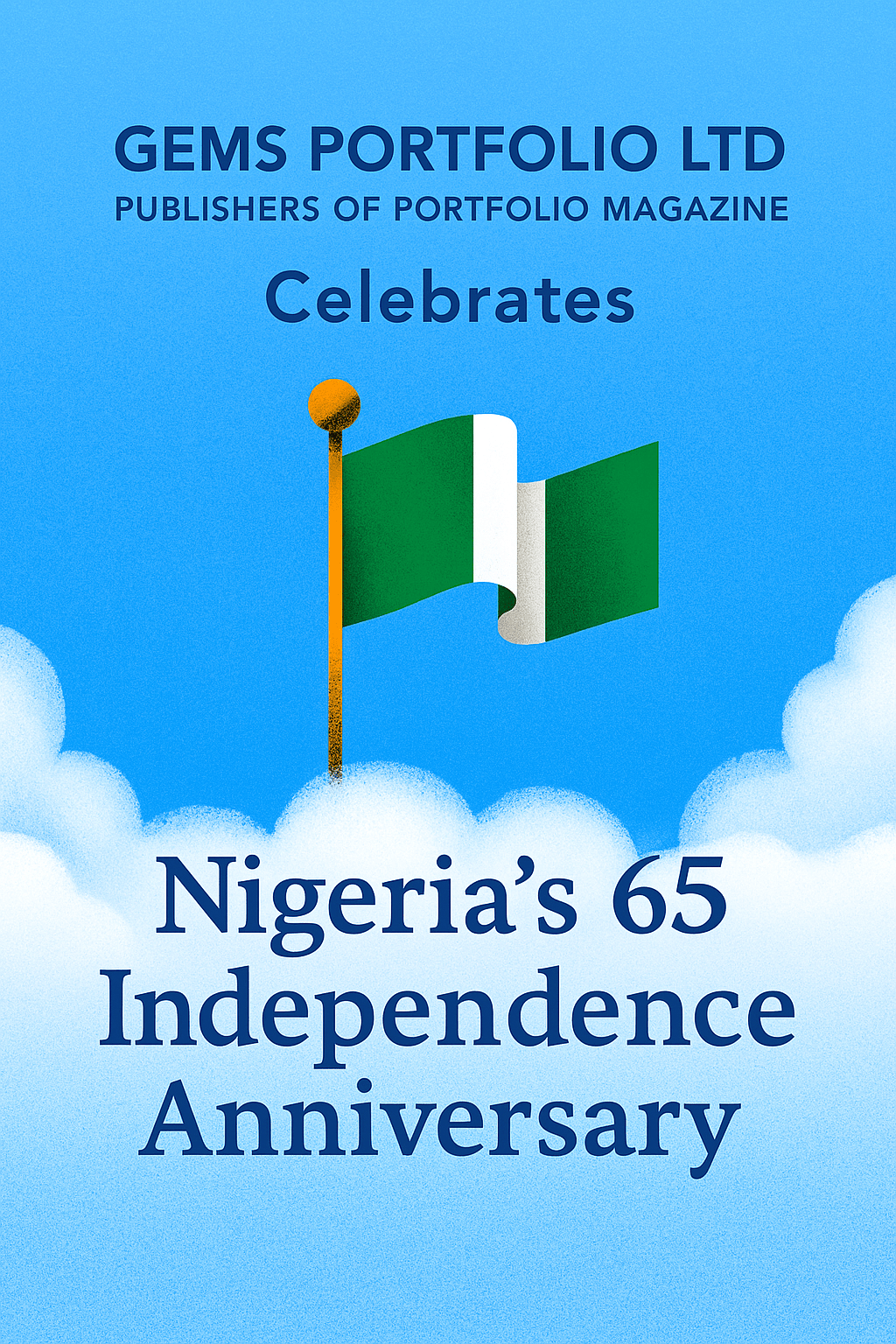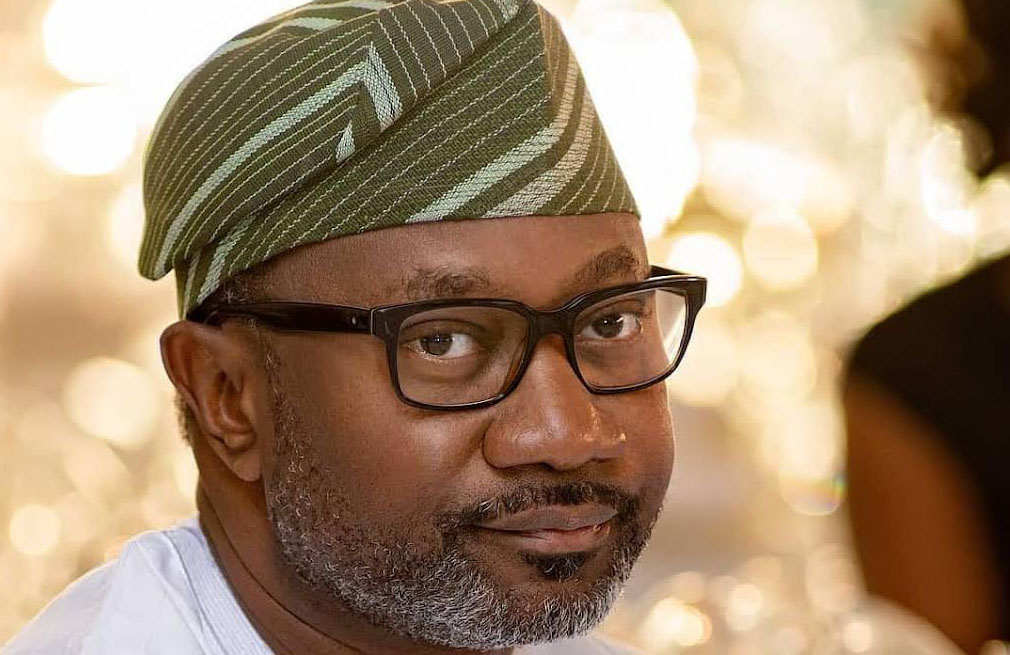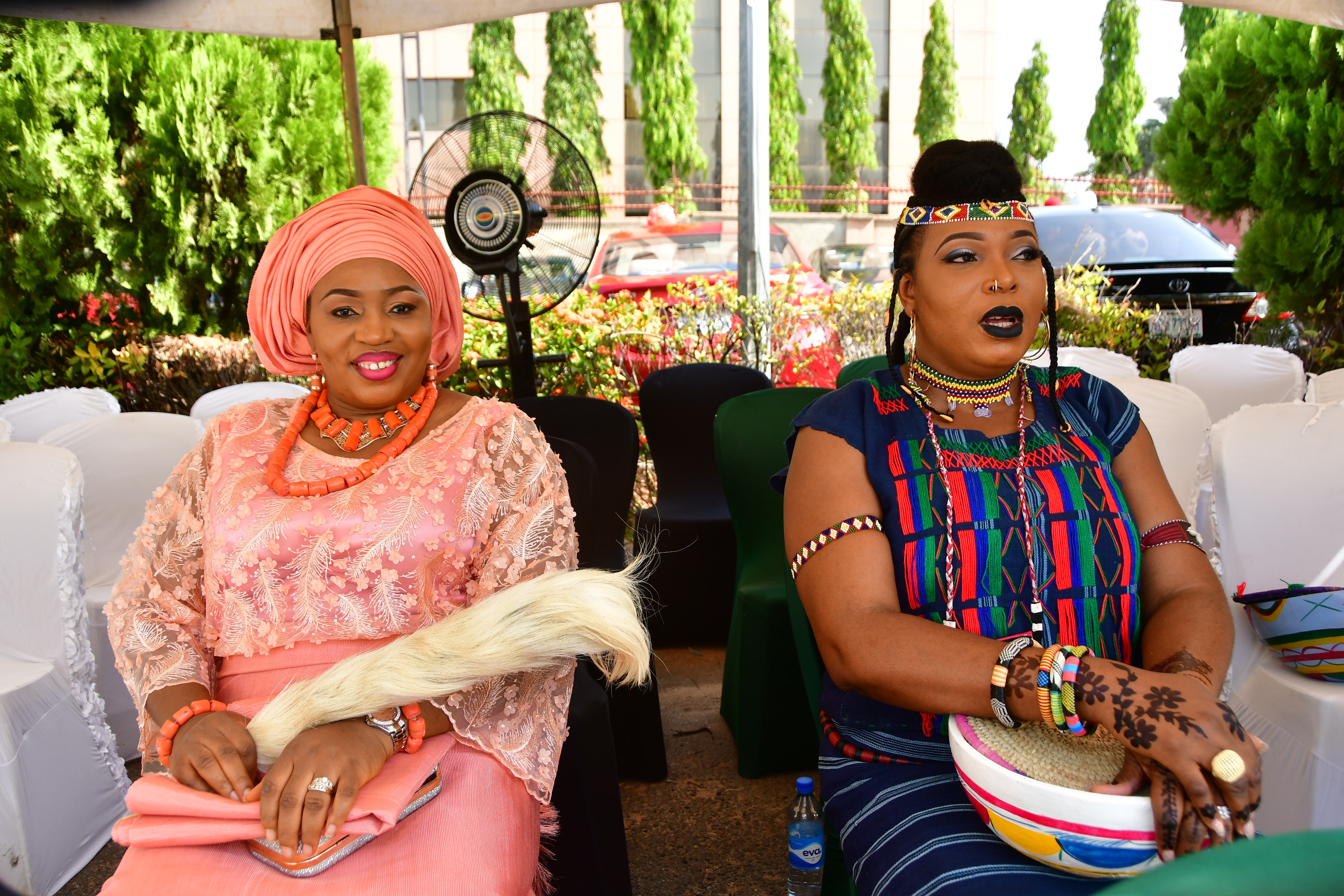
Art is often associated with creativity, imagination, and aesthetics, typically viewed as something reserved for museums, galleries, and performance spaces.
However, art is far more than a collection of isolated masterpieces; it is a broad term that encompasses various forms of expression, including painting, sculpture, music, dance, literature, and theatre. Art is a powerful medium for communicating ideas, emotions, and experiences, and it has been an integral part of human culture for centuries.
The psychological impact of art is profound. It has the unique ability to evoke emotions, inspire new perspectives, challenge beliefs, and even provide therapeutic relief. Whether through a painting that stirs deep feelings or a song that brings comfort, art connects us to our inner selves and the world around us. It is also a potent tool for healing, particularly for those dealing with mental health challenges.
Art surrounds us in our daily lives, from the way we prepare our meals to how we decorate our homes. Far from being an abstract concept, art plays a crucial role in our well-being, sense of identity, and cultural heritage. It is a reflection of our culture, values, and the way we interact with our surroundings. In essence, art in everyday life enriches our experiences and connects us to our environment and each other.
Read About “INVESTING IN YOUTH TOURISM: A KEY TO ECONOMIC GROWTH”
Moreover, art serves as a powerful vehicle for social and political commentary. Through artistic expression, we can raise awareness about pressing issues, challenge societal norms, and promote social change. From the design of our living spaces to the music we listen to and the food we prepare, art is woven into the fabric of our everyday existence.
Despite the pervasive presence of art in our lives, not everyone understands or appreciates it. Some may find art confusing, unappealing, or even nonsensical, often due to lack of exposure, cultural differences, or personal preferences. Others may feel intimidated by the notion that art requires special knowledge or skills to be truly appreciated.
One of the most common ways we encounter art in our daily lives is through our surroundings. The design of our homes, workplaces, and public spaces often incorporates elements of artistic expression. For example, the colors we choose for our walls or the arrangement of our furniture can evoke specific moods and emotions—minimalist designs might promote calm and simplicity, while eclectic styles can inspire creativity and energy.
Music, too, is an art form that permeates our daily routines. Whether we listen to music while working, exercising, or commuting, it plays a significant role in shaping our experiences. Music has the power to evoke powerful emotions, memories, and associations, providing a sense of escape or transporting us to different times and places.
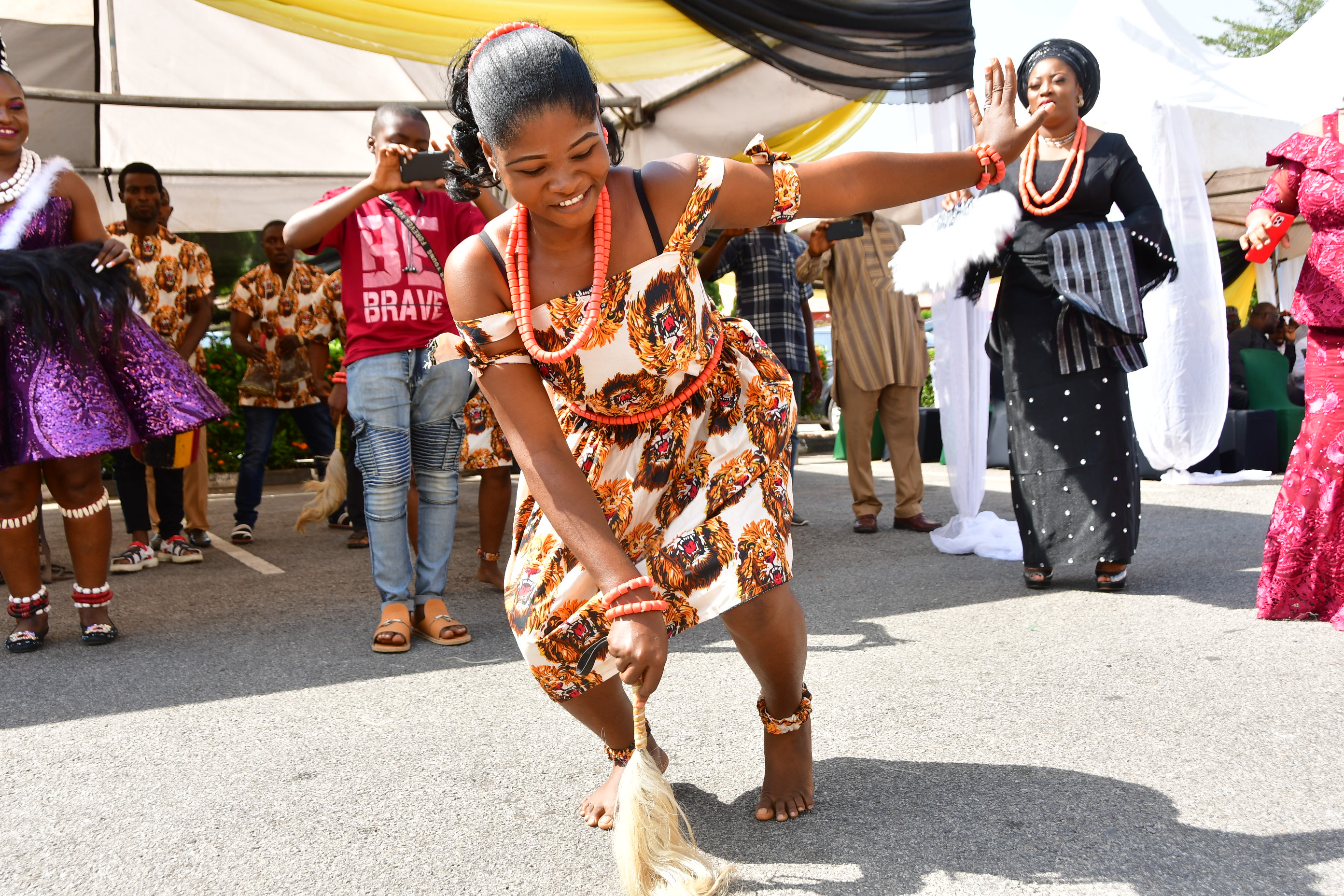
Culinary art is another important aspect of art in everyday life. The presentation of food, the combination of flavors, and the use of spices and herbs can create a culinary masterpiece. In many cultures, food is also a way of expressing hospitality, tradition, and community. The art of cooking and sharing meals is a vital part of our cultural heritage and identity.
In recent years, the younger generation has increasingly embraced various forms of art, pushing the boundaries of creativity and transforming the sector in remarkable ways. This trend is particularly evident in Africa, where young artists are making their mark in spoken word poetry, visual arts, music, dance, film, fashion, and digital art, thereby redefining the continent’s cultural landscape.
In Nigeria, this creative explosion is significant. Young artists draw inspiration from the country’s rich natural resources, diverse cultures, vibrant traditions, and stunning landscapes. Nigeria’s varied climate, from the arid north to the tropical south, provides a backdrop of breathtaking beauty, inspiring painters, photographers, and filmmakers to capture these scenes in their work.
Nigeria’s cultural heritage and diversity are central to its creative spirit. With over 250 ethnic groups, each with distinct languages, traditions, and art forms, Nigeria is a melting pot of cultures. This diversity fuels the creativity of young artists, who celebrate and preserve it through their endeavors. Whether through the intricate patterns of Yoruba textiles, the rhythmic beats of Igbo music, or the vibrant festivals of the Hausa, Nigerian culture is vividly expressed in contemporary art.
Also, Nigeria is a land blessed with an abundance of natural resources—from vast oil reserves to precious minerals, fertile agricultural lands, and lush forests. The country’s varied climate, ranging from the arid north to the tropical south, provides a backdrop of breathtaking beauty, which young artists capture in their works. The awe-inspiring landscapes, from the rolling hills of the Mambilla Plateau to the serene beaches of Lagos, serve as muses for painters, photographers, and filmmakers, who immortalize these scenes through their art.

Artists such as Dike Chukwumerije, a prominent spoken word poet and author, and Salome, a talented visual artist, exemplify this creative revolution. Alongside them are numerous other young creatives who are pushing boundaries and gaining recognition both locally and internationally. These artists are part of a thriving Nigerian art scene, which is flourishing despite the challenges posed by limited governmental support. Their resilience and ingenuity are evident in their ability to transform minimal resources into extraordinary works, using their voices to tell powerful stories and incorporating natural elements into their art.
Furthermore, these artists are proving that creativity and commerce can coexist. As they gain international recognition and monetize their talents, they uplift not only their own lives but also contribute to Nigeria’s economy. By celebrating and sharing Nigeria’s rich cultural heritage, they create a positive image of the country on the global stage.
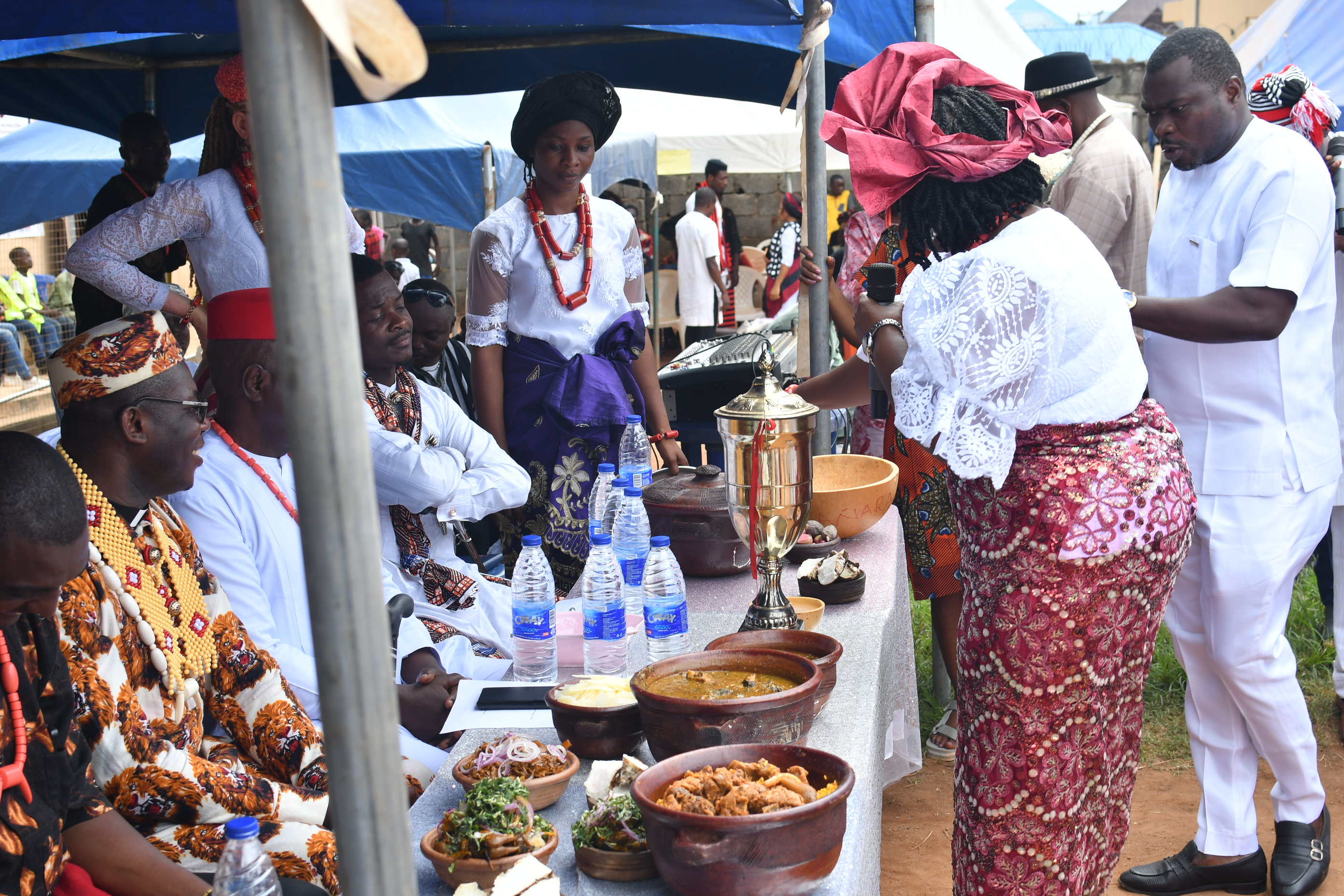
Investing in these creative individuals is not just a cultural imperative; it’s an economic one. The creative industry is a thriving sector that, with the right support, can significantly boost Nigeria’s GDP. By nurturing the arts, Nigeria can tap into a vast reservoir of talent that has the potential to elevate the nation’s cultural and economic standing.
Read about “BUILDING A SUCCESSFUL ART BUSINESS IN NIGERIA”
In conclusion, the creative prowess of young Nigerians is a powerful force making waves globally. By embracing and investing in this talent, Nigeria can enhance its cultural footprint, strengthen its economic foundation, and ensure that the country’s rich natural resources, vibrant cultures, and diverse heritage continue to inspire and empower future generations.

